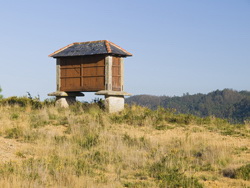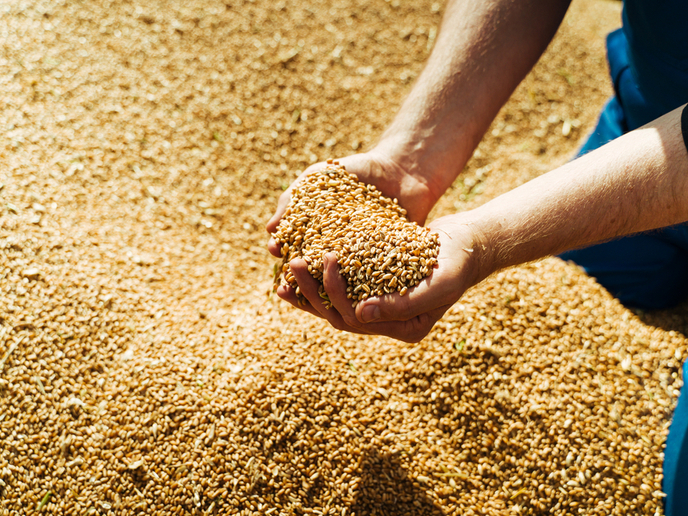Grass ancestor reveals family history
The 'Grain development in Brachypodium distachyon' (Natgrain) project used state-of-the-art technology to determine how genes control grain size. Brachypodium distachyon is a small wild grass species native to southern Europe, northern Africa and south-western Asia and related to the major cereal crops, including wheat, barley, oats and rice. The plant’s short life-cycle and ease of cultivation made it an ideal model for understanding the genetics behind the biological processes in grasses and cereals. Researchers characterised the stages of grain development at the morphological, cellular and molecular levels using the reference strain Bd 21 grown under controlled conditions. The aim was to study natural and induced variation in order to better understand grain development in Brachypodium distachyon. Grain development was subsequently examined in mutant and non-mutant plants collected from different parts of Europe and the Middle East. Scientists then mapped Brachypodium distachyon populations to facilitate the identification of genes that influence grain size and shape. Identification of key sites enabled researchers to address the questions of adaptation and the significance of variation in the number of chromosomes in the plants’ cells. Results demonstrated Brachypodium distachyon’s potential as a model species for understanding grain development in grasses. In addition, comparison with the widely used model plant species Arabidopsis proved Brachypodium’s use when analysing evolutionary differences between monocotyledons and dicotyledons, the two major groups that make up flowering plants. Natgrain demonstrated that the ability of plants to change their DNA content through mixing between different species could be a major factor in the domestication of wild grasses. This process is often associated with increased size, more rapid growth and increased tolerance of environmental stress. The project successfully assessed natural variation in grain from Brachypodium distachyon and demonstrated how this was related to geographic origin and population structure. The results will give scientists a greater understanding of plant populations and how plants respond to their environment.







